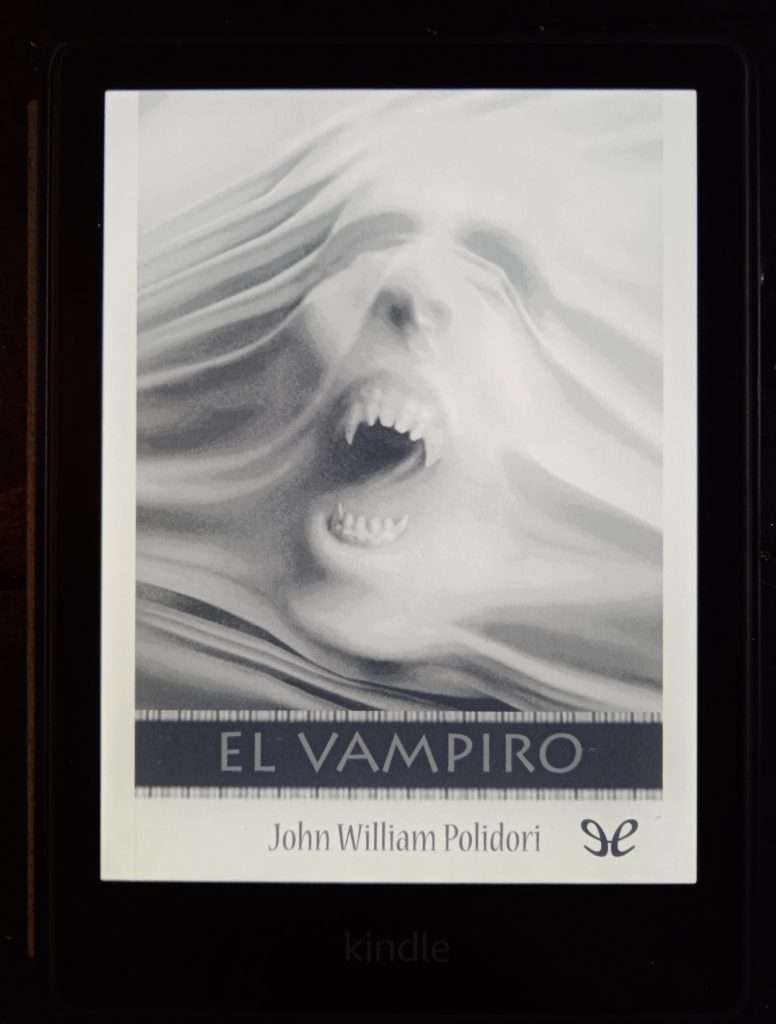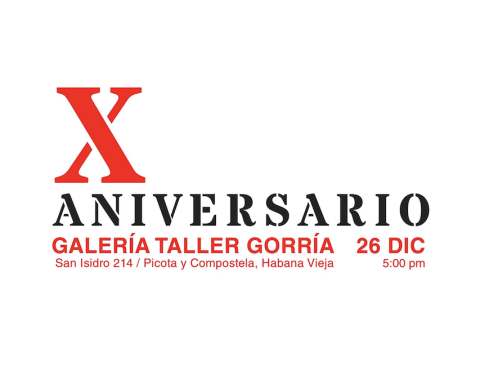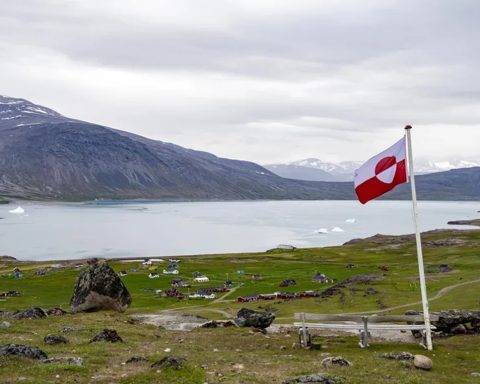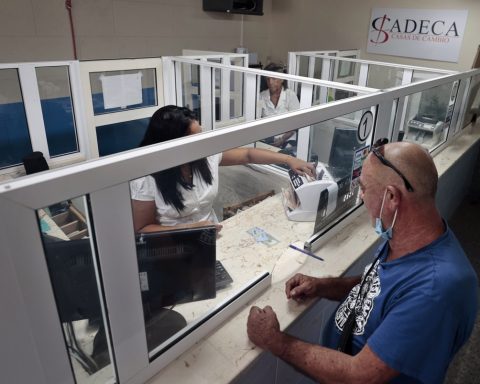“This is Halloween!”, says a chorus from the iconic Tim Burton movie Nightmare Before Christmas, verse that I use to title these literary proposals that I bring you on the eve of the most terrifying time of the year that, although it is not a very Cuban celebration, for a long time we have been adopting it as another form of entertainment, without giving it many turns to the idiosyncratic bogeyman.
Halloween can also be a literary festival, after all, most of the references we have for costumes come from books that are classics of horror, fantasy, thriller.
Some titles are so famous that it is difficult for me to review them, since there is not much new to say about them; I mean more specifically draculaby Abraham Stoker already Frankenstein by Mary W. Shelley. Why read them? In the first place because they are the two great classics of gothic terror, widely versioned, parodied, debated and reinterpreted, hence it is necessary to get to the root, that is, to the two stories that sowed the seed of two of the most iconic of the genre.
Frankenstein is not the monster, as many think, Frankenstein is the last name of Dr. Victor, who dreams of revealing the mysteries of life and the soul, and for that he creates a being with pieces of different corpses. It can be said that the novel is rather science fiction, and points towards a critique of ethics and scientific responsibility, since the doctor himself is terrified of his creation – what did he believe? I was matching pieces of dead humans—, and the misunderstood creature learns to be violent by receiving violence, just by having an unattractive appearance and being rejected even by its creator, so which is more monstrous, the ugly creature or humanity? ? It is one of my favorite books since I read it when I was 10 years old, and I still feel sorry for the poor creature.
Mary W. Shelley wrote Frankenstein or the Modern Prometheus following a meeting at Lord Byron’s estate in 1816, which was also attended by John William Polidori, the first to write a vampire story, which I also recommend later. dracula it would not be written by Abraham Stoker until 80 years later. At this meeting, Byron called for the challenge of presenting a spooky story to read in front of the fire for next year, inspired by some German ghost stories they had shared at the evening. I have already referred to that anecdote before in the review of the novel the pious Argentine Federico Andahazi, who makes a hilarious and terrifying parody of that night.
Despite The Vampire It is the story that is most linked to Frankenstein historically and truthfully, I prefer to continue now with draculawhich is the most famous vampire novel, and the one that is always linked in our modern imagination to the classic by Mary W. Shelley.
The Irishman Abraham Stoker created the myth of the vampire inspired by Vlad Tepes, a bloodthirsty Romanian from the Transylvania region, and linked to the story of the Hungarian countess Erzsébet Báthory, who went down in history as a great serial killer of maidens, to which she bled to bathe with the vital liquid and thus, supposedly, stay beautiful. These data fed the fantasies of Bram Stoker to sit down to write this epistolary novel that narrates how Jonathan Harker goes to Count Dracula’s castle for business matters to end up living a unique horror story. Dr. Van Helsing also appears in the novel, a mature man and an expert on vampires, who was later taken over by Hollywood for his marketing efforts. I advise not reading it at night. The first chapter stands on end. Another of my favorite novels that kept me awake at night, also at the age of 10, and that I have reread several times. Do not settle for the excellent film that Francis Ford Coppola made of it, seriously, the novel is much richer and defines the true nature of the vampire, which was later taken up and reinterpreted by many other authors.
The Vampire, by John William Polidori, is actually the first story that presents this type of bloodsucking beings, that is, the founding story of vampires in literature. It was written in three days, at the aforementioned meeting of Lord Byron, Mary W. Shelley, her husband, and other guests. Polidori took advantage of the myth of the vampire in which few believed, to build his character: an attractive and gallant aristocrat who hunted his victims taking advantage of his charms and the disbelief of others. The fact of taking the folkloric figure towards the aristocratic drew a lot of attention at the time, and in turn left the classic vampire model that was later used by other writers who used this type of dead-alive creature: seductive, rich and with certain super powers. It is very short, about twenty pages, quite the opposite of Dracula, which exceeds two hundred pages in almost all its edition formats. Safety pin.

On the other hand, we have another classic of the Halloween season: ghosts. This time I bring two types of ghost stories, one more existential and terrifying: The Horla by Guy de Maupassant, and the other with a touch of humor: the canterville ghost by Oscar Wilde.
The Horla, narrated in the form of a diary, it takes us into the experience of a Parisian bourgeois during the 19th century, who is convinced that there is a ghostly presence lurking in his house. Faced with this idea, he also seeks a slightly more scientific or grounded explanation: “I wonder if I’m crazy”. The Horla is the name that Maupassant gives to that supposed specter that dominates the minds of men: madness? Or is it that there really are presences from beyond or from wherever? I believe that with our deaths our thoughts die; while we live, we think, we believe, we see… The author takes the opportunity to talk about things that were new at that time, such as hypnosis and some advances in human brain research, as well as social criticism, which was very, very accurate. Magnificent work.
the canterville ghost by Oscar Wilde: “When Mr. Hiram B. Otis, the Minister of America, bought Canterville Chase, everyone told him that he was doing a great foolish thing, because the estate was haunted”, Thus begins this famous Victorian horror story with a touch of fairy tales and mixed with black and acid humor, pure Wilde. This family of Americans will deal with the ghost in the most unusual way, in a kind of predecessor of that great parody of terror that is Scary Movie. Imagine a ghost tormented by a family that, although they see it, neither fear it nor let it get away with it. His portrait of Americans is pure materialism, commerce, as rude, despite their lineage, as opposed to the English and their spirits, whom he also criticizes for being hypersensitive, credulous and rancid. Could this ghost also be a symbol of American emancipation from the English spirit? Rather it is a call to fear the living more than the dead, and a demonstration of the arrival of a less superstitious modern age, urged to forgive the ghosts of the past and possess their treasures and experiences for the sake of the present.

Another great classic of scary stories: the devil, which Robert Louis Stevenson mixed a bit with the genie of the lamp in his great story the devil in the bottle. Story written in the tone of a fable in which Keawe, a sailor from Hawaii in search of luck, arrives in San Francisco, there he meets an old man who seems to have everything, who sells him an unusual bottle not only for its shape, but also for its its content: an imp that grants all wishes, and to get rid of it you have to sell it cheaper than you bought it. Keawe acquires the bottle, becomes rich, finds love, then sells the bottle to save himself from hell, but suddenly all of his achievements are threatened by an unforeseen event that will make him look for the bottle again. A story that seems inspired by the saying: be careful what you wish for, it can come trueand also, why not?, by that other one who maintains that the love conquers all. Masterfully recreated, with allegories to Hawaiian folklore and with that touch of psychological terror that religious myths have, despite the slight moralizing flavor. Unforgettable.
And I conclude with the famous Headless Horseman that Hollywood also made famous, whose real title is The Legend Of Sleepy Hollow, written by Washington Irving, and whose story is far from the film we know; It could be said in this case that the film surpasses it in terms of fear and tension, which should not detract from the interest in approaching the literary work, quite the opposite.

“Due to the peculiar tranquility of the place and the character of its inhabitants, this isolated region has been called Sleeping Valley (…) Some say that a German doctor bewitched the place (…) Others affirm that an old Indian chief celebrated his peculiar ceremonies here (…) The truth is that the place is still under the influence of some magical force, which dominates the minds of all the inhabitants, forcing them to act as if they were in a continuous daydream (…) They believe in all kinds of things (… ) The monsters seem to have chosen this place as a favorite setting for their gatherings (…) However, the ruling spirit that appears in these enchanted regions is a headless horseman…”.
It is a very intriguing story, because around the crime that the reader arrives at, he can be left with the doubt of whether it was a murder disguised as superstition to cover it up, or if it was really the work of the Headless Horseman. It’s a little slower than the previous stories, it goes in crescendo and closes with a comment that seems self-critical of Washington Irving. He uses the Chinese box technique: a story within a story, also told by Dietrich Knickerbocker, a heteronym of the author who, in the end, seems to laugh a little at his readers.
Here are some horror stories, some shorter and others longer, all classics of the genre, to celebrate —literally— the upcoming Halloween. This trip I have really given “librazos”. Until next week.















